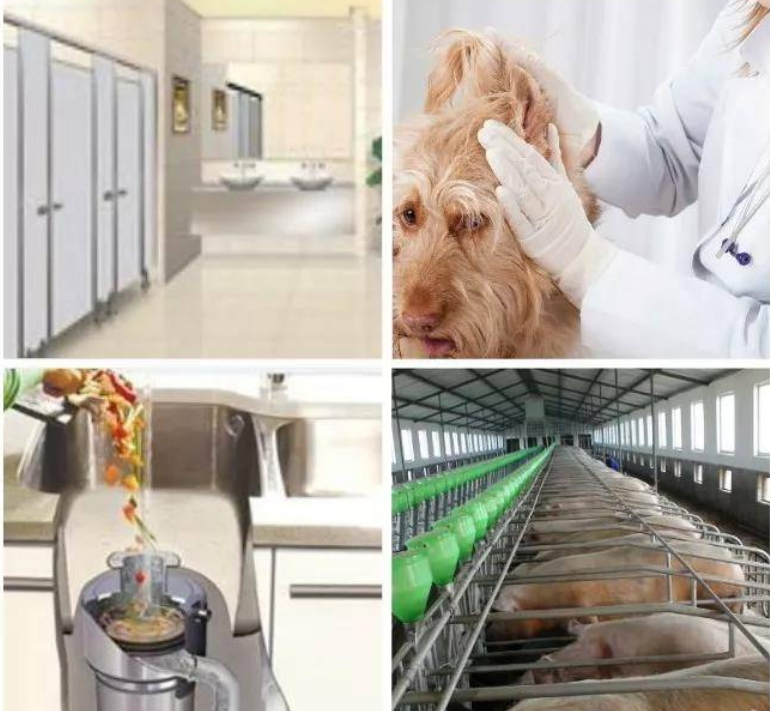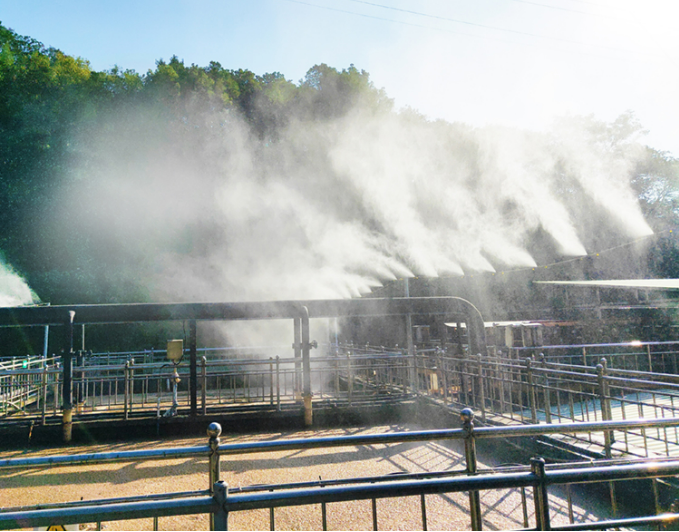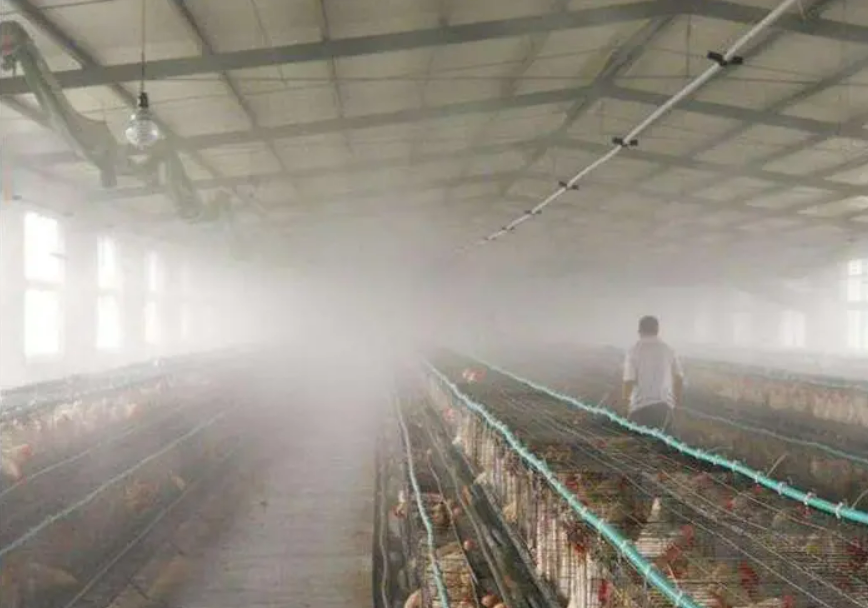Hypochlorous acid can not only sterilize bacteria, but also deodorize and remove peculiar smell.
The deodorization principle of hypochlorous acid:
The principle of hypochlorous acid deodorization is to decompose odor through oxidation, which can quickly decompose garbage odor, fish odor, corruption odor, body odor, pet odor, garlic odor, cigarette odor, formaldehyde odor, etc. For example: ammonia, ammonia is one of the common odor molecules, hypochlorous acid (HClO) and ammonia (NH3) undergo metathesis reaction to generate chloramine and water, the reaction equation is:

Hypochlorous acid deodorizing effect:
It can be seen from the above that low-concentration hypochlorous acid removes spoilage odors of vegetables (methyl mercaptan, dimethyl sulfuric acid, dimethyl disulfide), toilet odors (ammonia), livestock and poultry breeding odors, and irritating sour odors (propionic acid ) can reach 99.99%, the deodorization ability of rotten egg smell (hydrogen sulfide), smelly fish smell (trimethylamine), sweat smell (n-butyric acid), footwear smell (n-valeric acid, isovaleric acid) It can also reach about 60%. If the effective concentration of hypochlorous acid is properly increased, its deodorizing effect will also increase exponentially.

The use and method of hypochlorous acid:
Hypochlorous acid not only has strong sterilization and deodorization ability, but also has high safety to humans and animals, so it can be used in many places.
1. For the toilet, use hypochlorous acid with a concentration of about 50ppm to effectively deodorize and sterilize.
2. For the sterilization of kitchen utensils, the effect of hypochlorous acid with a concentration of 100~200ppm is obvious.
3. For medical institutions, hypochlorous acid can be used for all-round sterilization and deodorization under the guidance of relevant hospital specifications.
4. For bath and body cleansing, dilute to 5~10ppm, which can effectively prevent and treat dermatitis and athlete’s foot.
Hypochlorous acid deodorization usage scenarios:
Deodorization of livestock and poultry breeding, deodorization of garbage dumps, deodorization of pet hospitals, deodorization of churches, deodorization of mosques, deodorization of human body (removal of sweat odor)


